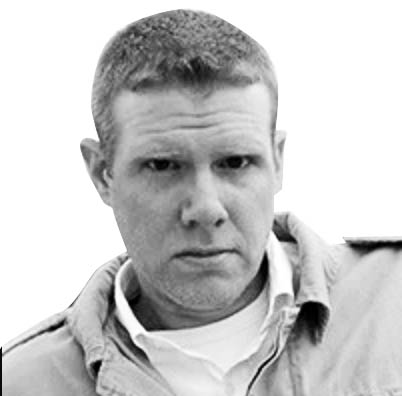World
Photo Illustration by Lyne Lucien/The Daily Beast
How Mexican Cartels Prey on Chicago's Chaos
Cartel Watch
As Mexico’s cartels manage to get more and more heroin into the U.S. each year, Chicago’s gangs are scrambling to be the ones to distribute it.

Trending Now





